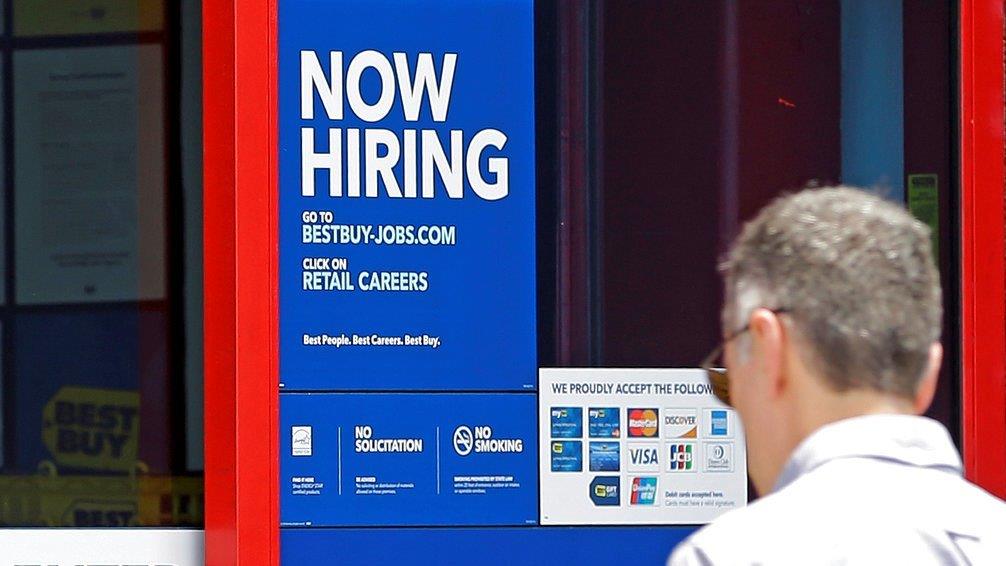US economy adds more jobs in July than expected
The U.S. economy beat expectations by adding 209,000 jobs in July, as robust hiring continued to encourage new job seekers.
The labor market has gained steam over the last two months. June brought 231,000 new jobs, up from an initial count of 222,000, and July job growth easily kept pace above the first-half monthly average of 180,000 jobs. Hiring in the last month was strong enough to absorb new entrants into the workforce. The labor force participation rate ticked higher to 62.9% from 62.8%, but the unemployment rate fell to 4.3% from 4.4%, tying a 16-year low.
Sameer Samana, global quantitative strategist for Wells Fargo Investment Institute, said the unemployment rate’s decline amid a rising participation rate is a positive sign for the U.S. economy.
“It shows that this is a very robust labor market,” Samana said.
The unemployment rate in July met expectations at 4.3%. Jobs growth surprised economists, who estimated that employers would add 183,000 net new jobs.
However, wages remained mostly stagnant. The average hourly wage of $26.36 was up 0.3%, and wage growth over the last year was steady at 2.5%.
“The participation rate was up slightly, which shows you there’s still slack in the market. That’s why we haven’t seen the increase in wages that we’d like,” said Jim Davis, regional investment manager at U.S. Bank Wealth Management in Springfield, Illinois.
Companies have increasingly turned to software, robotics and automation, which has prevented wages from rising, Samana said.
“Workers aren’t just competing with other workers. From that standpoint, if you want to talk about workers having that bargaining power, it’s still a bit tricky. Companies still have a bit of that leverage,” he added. “As we get later in the cycle, we will see wages start to tick up.”
The underemployment rate is another sign that the labor market has room to grow. The U6 rate, which includes part-time workers looking for a full-time job, didn’t budge from 8.6%. It also remains above the pre-recession low of 8%. Underemployment indicates that there’s a mismatch in skills between what the workforce offers and what employers are seeking, Davis said.
Despite slow-growing wages, strength in U.S. hiring last month should support investors’ confidence in the economy. The Dow Jones Industrial Average rallied to a fresh intraday high on Friday after closing above 22,000 for the first time this week.
“I think the markets will continue to enjoy these numbers,” Davis said, noting that new jobs should translate into more consumer spending.
The July report also maintains current views on the Federal Reserve’s plans to begin gradually shrinking its portfolio of government bonds and mortgage-backed securities. Economists mostly expect the Fed to start the clock in September, followed by another rate hike in December.
Excellent Jobs Numbers just released - and I have only just begun. Many job stifling regulations continue to fall. Movement back to USA!
— Donald J. Trump (@realDonaldTrump) August 4, 2017




















